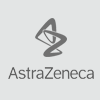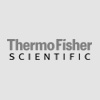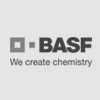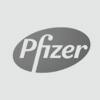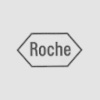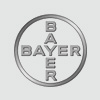Question:
I have read your recipes for SDS-PAGE. I know that reducing sample buffers are used to break the disulphide bonds in protein, and samples are boiled prior to loading in reducing sample buffer.
Could you please explain to me, when non-reducing and when reducing sample buffers are to be used? What is the difference in their application, to the proteins resolved on the gel?
Are samples to be boiled in non-reducing sample buffer, prior to loading?
Resolution:
Boiling is necessary for adequate sample solubilization as well as complete SDS integration into the protein in a consistant mole:mass ratio.
It is not possible to NOT change the protein conformation when using SDS - it is by nature a denaturing detergent and unfolds the protein during the process. Non-reducing buffers simply allow S-S bonds to remain intact and preserve SOME of the secondary protein structure.
Epitopes that are contiguous sequences are not affected by reducing conditions or by SDS. Epitopes that depend upon non-contiguous proximity (for instance when the two ends of a peptide fold back to form a turn and your monoclonal antibody recognizes the two ends as a unit), will be destroyed by the SDS - when they are held together by a disulfide bond, non-reducing conditions can allow the epitope to function.
The other option you do not mention is native electrophoresis, where SDS is not used at all and the proteins migrate according to their isoelectric point and not according to their mass.

